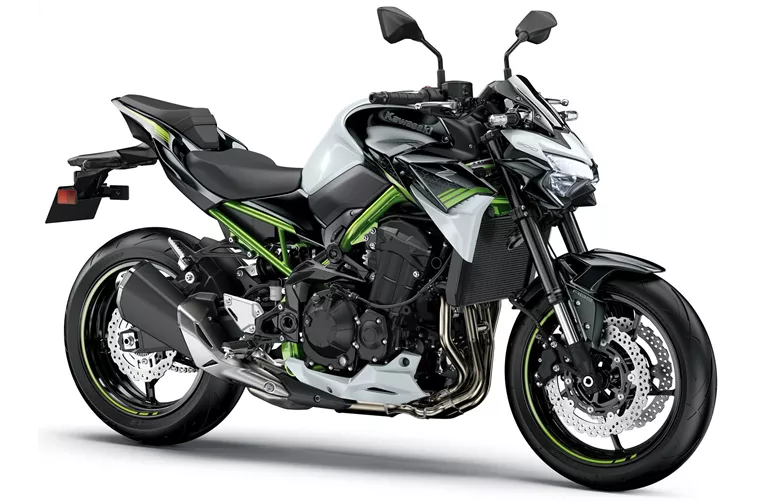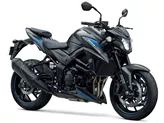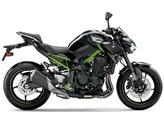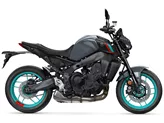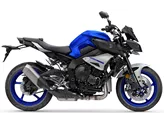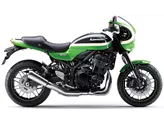Kawasaki Z900 2020 vs. Kawasaki Z1000SX 2019
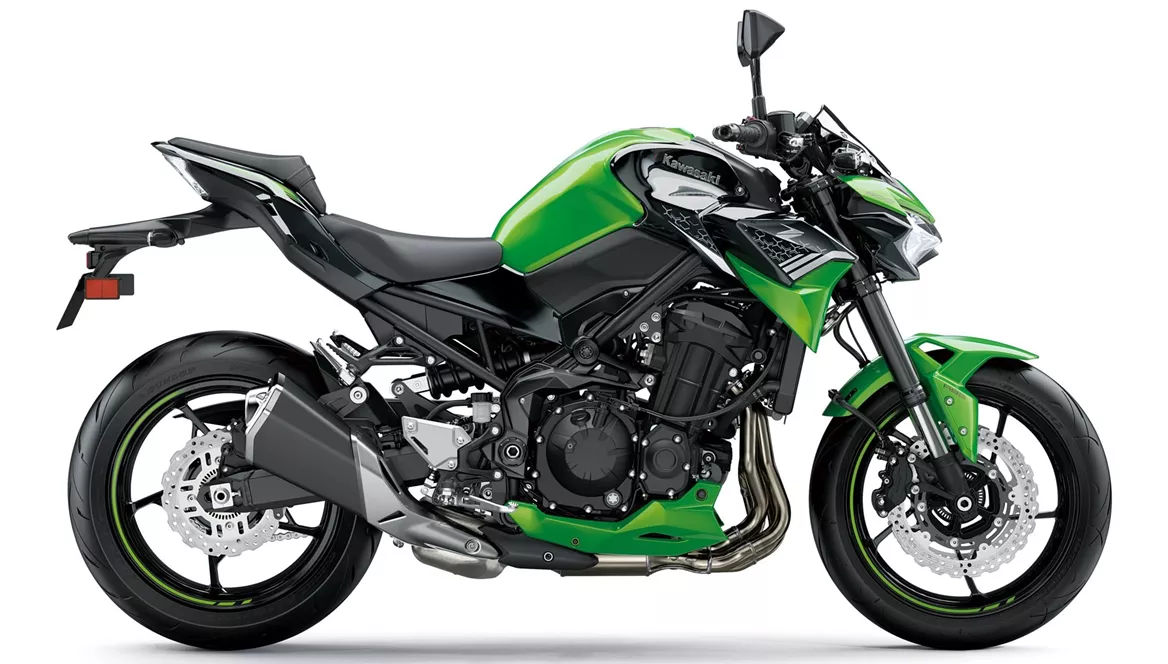
Kawasaki Z900 2020

Kawasaki Z1000SX 2019
Overview - Kawasaki Z900 2020 vs Kawasaki Z1000SX 2019
The Kawasaki Z900 2020 and the Kawasaki Z1000SX 2019 are both impressive motorcycles with their own unique features and strengths.
Starting with the Kawasaki Z900 2020, it is a naked bike that boasts a powerful four-cylinder engine with 125.4 HP and 98.6 Nm of torque. This engine is fuel-injected and features a chain transmission. The bike has a displacement of 948 ccm and operates on a 4-stroke system with liquid cooling. The suspension consists of an upside-down telescopic fork in the front with a travel of 120 mm and preload and rebound adjustment. In the rear, there is a swing arm suspension with a monoshock and a travel of 140 mm, also with preload and rebound adjustment. The frame is made of steel, providing stability and durability. The front brakes are double disk with a diameter of 300 mm and four pistons, utilizing petal technology. The Z900 is equipped with advanced rider assistance systems such as ABS, riding modes, ride by wire, and traction control. The dimensions and weights include a front tire width of 120 mm and a diameter of 17 inches, a rear tire width of 180 mm and a diameter of 17 inches, a wheelbase of 1450 mm, a seat height of 795 mm, and a kerb weight of 210 kg with ABS.
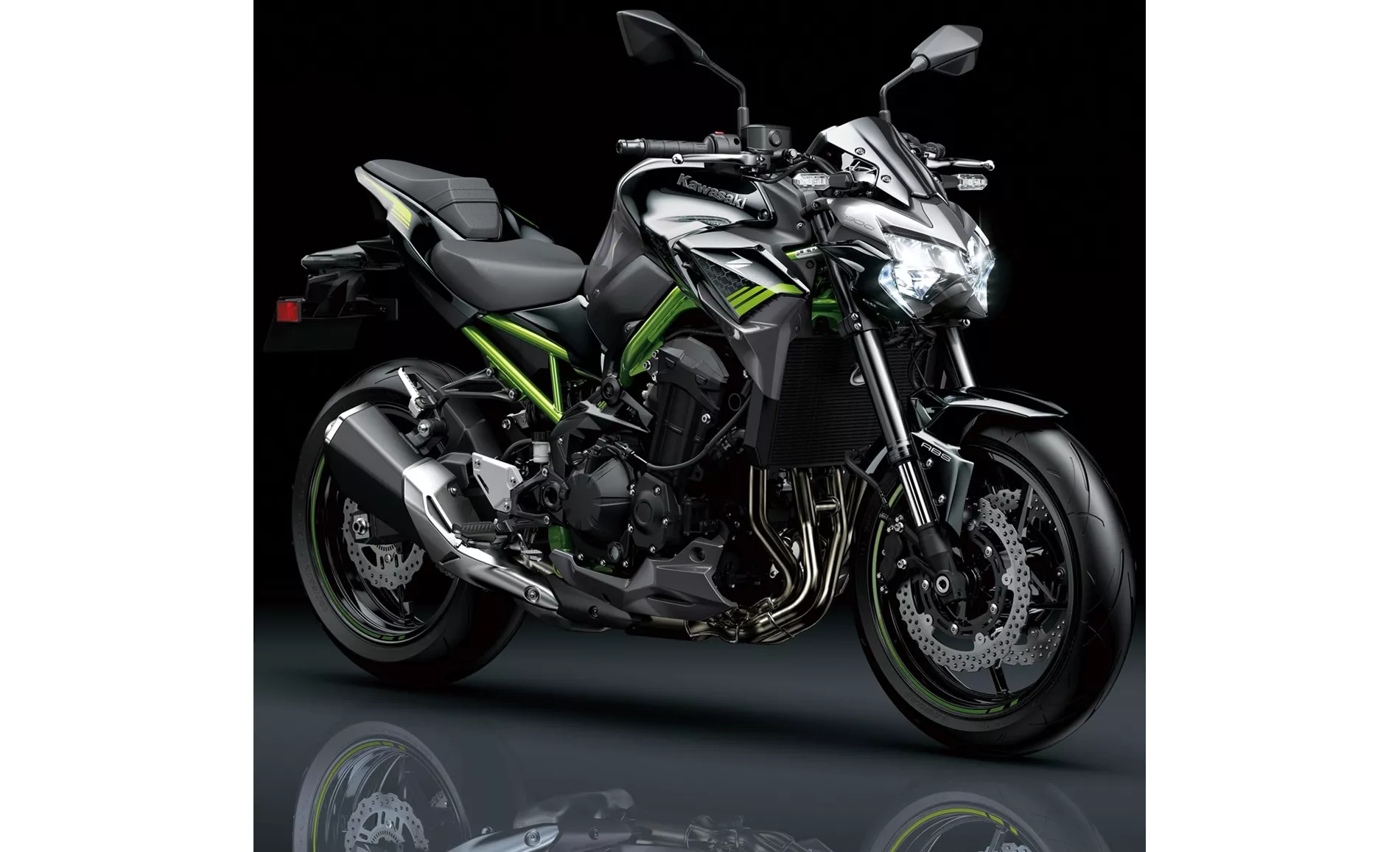
Kawasaki Z900 2020
On the other hand, the Kawasaki Z1000SX 2019 is a sport touring motorcycle that offers even more power with its in-line four-cylinder engine producing 142 HP and 111 Nm of torque. The engine is also fuel-injected and has a chain transmission. The displacement is slightly larger at 1043 ccm, and it operates on a 4-stroke system with liquid cooling. The front suspension is an upside-down telescopic fork with a travel of 120 mm and compression, preload, and rebound adjustment. The rear suspension is a swing arm with a monoshock and a travel of 144 mm, also with compression, preload, and rebound adjustment. The frame is made of aluminum, which contributes to its sporty performance. The front brakes are double disk with a diameter of 300 mm and four pistons, utilizing radial, monoblock, and petal technology. The Z1000SX is equipped with ABS and traction control as its advanced rider assistance systems. The dimensions and weights include a front tire width of 120 mm and a diameter of 17 inches, a rear tire width of 190 mm and a diameter of 17 inches, a wheelbase of 1440 mm, a seat height of 815 mm, and a kerb weight of 235 kg with ABS.
In terms of strengths, the Kawasaki Z900 2020 is praised for its powerful four-cylinder engine, great handling, good equipment, aggressive looks, and value for money. On the other hand, the Kawasaki Z1000SX 2019 is known for its noticeable increase in power compared to the Versys 1000, a sensitive in-line four-cylinder engine that can be dosed in a controlled manner, being the price-performance winner among the tested sports touring bikes, and offering an ideal compromise between sportiness and touring capabilities.

Kawasaki Z1000SX 2019
However, there are also some weaknesses to consider. The Kawasaki Z900 2020 has a somewhat tiring menu navigation and lacks the option for a quickshifter. The Kawasaki Z1000SX 2019 is electronically rather rudimentary and its instruments may not be optimally readable in direct sunlight.
In conclusion, both the Kawasaki Z900 2020 and the Kawasaki Z1000SX 2019 are impressive motorcycles with their own set of strengths and weaknesses. The Z900 offers a powerful naked bike experience with great handling and value for money, while the Z1000SX provides a sport touring option with increased power and a balance between sportiness and touring capabilities. Ultimately, the choice between the two will depend on the rider's preferences and priorities.
Technical Specifications Kawasaki Z900 2020 compared to Kawasaki Z1000SX 2019
Pros and Cons in comparison
Pros and Cons in comparison
Kawasaki Z900 2020
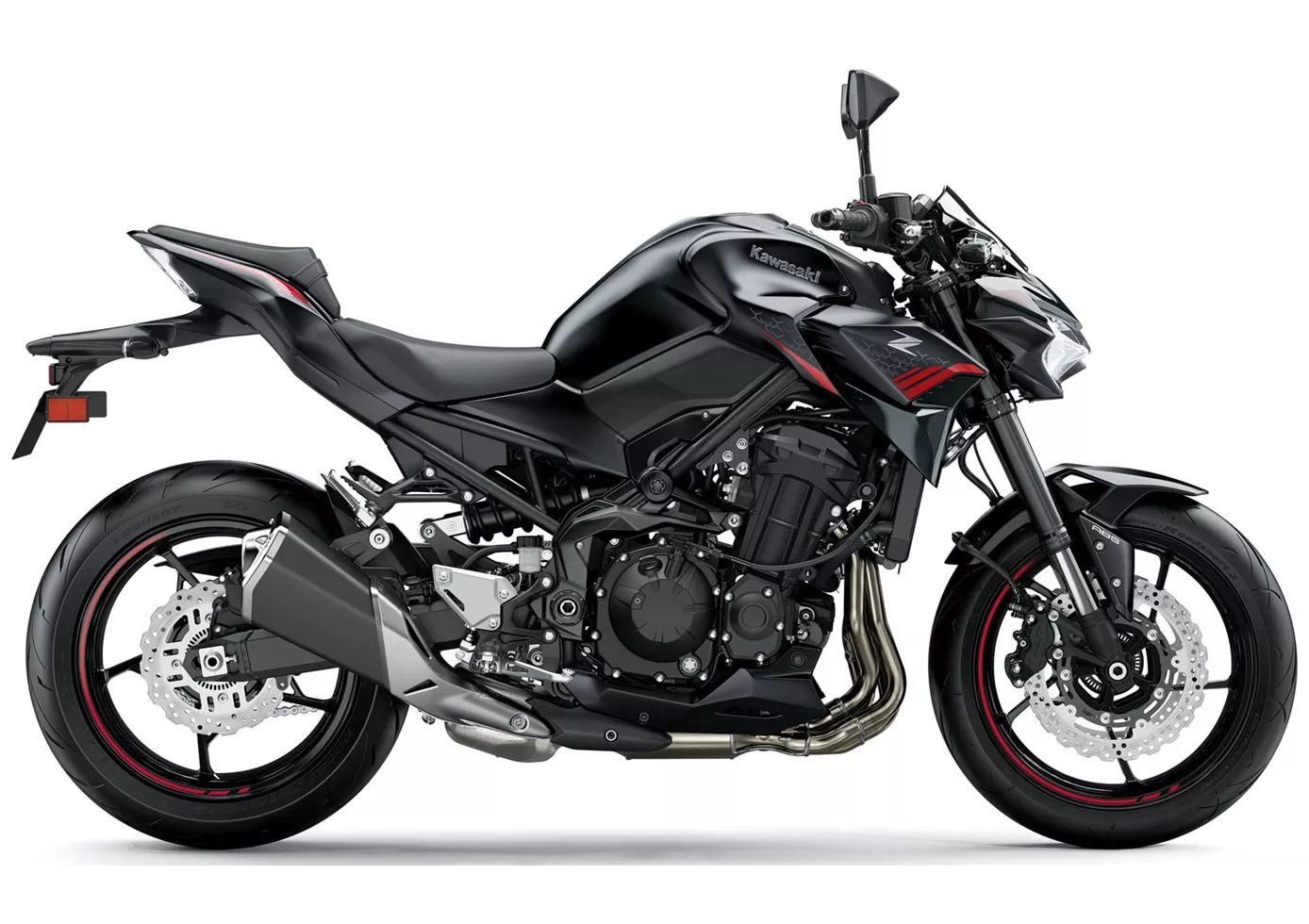
In terms of price-performance, the Kawasaki Z900 is hard to beat at the moment. With the perfectly tuned engine, the high-quality chassis components and the electronics added for 2020, this naked bike offers everything that sporty riders will be looking for. There is really nothing to complain about, even if the option of a quickshifter would have been a nice extra. Apart from that: great shot, Kawasaki!
Kawasaki Z1000SX 2019

The nakedbike genes of the original Z1000 have fortunately been retained in the right areas, but the bike has been consistently tuned for touring suitability. An adapted seating position with a clearly comfortable seat (also and especially for the pillion rider), a finely controllable engine and sufficient wind protection provide the optimal basis for long, extensive and not least sporty rides. The rather compact knee angle might cause some of you to take an early break on long rides. In return, however, you get an upright riding position in which you can freely develop your upper body. The Z1000SX is a reduced to the essential touring bike with a top price-performance ratio! One thing in particular stood out: you don't always have to have all the electronic "helpers" on board to create a sporty bike that rides very well - a TOP sports tourer at a favourable price compared to the other two bikes!
Price Comparison Avarage Market Price Kawasaki Z900 vs Kawasaki Z1000SX
There are a few key differences between a Kawasaki Z900 2020 and a Kawasaki Z1000SX 2019. In terms of price, the actual average price of a Kawasaki Z1000SX 2019 is about 20% higher. Compared to Kawasaki Z1000SX 2019 there are more Kawasaki Z900 2020 bikes available on the 1000PS.de Marketplace, specifically 34 compared to 11. It takes less time to sell a Kawasaki Z1000SX with 115 days compared to 124 days for the Kawasaki Z900. Since model year 2017 1000PS.de editors have written 46 reviews for the Kawasaki Z900 and 14 reviews for the Kawasaki Z1000SX since model year 2011. The first review for the Kawasaki Z900 was published on 11/11/2016 and now has more than 93,200 views. This compares to more than 9,900 views for the first review on Kawasaki Z1000SX published on 10/5/2010.
